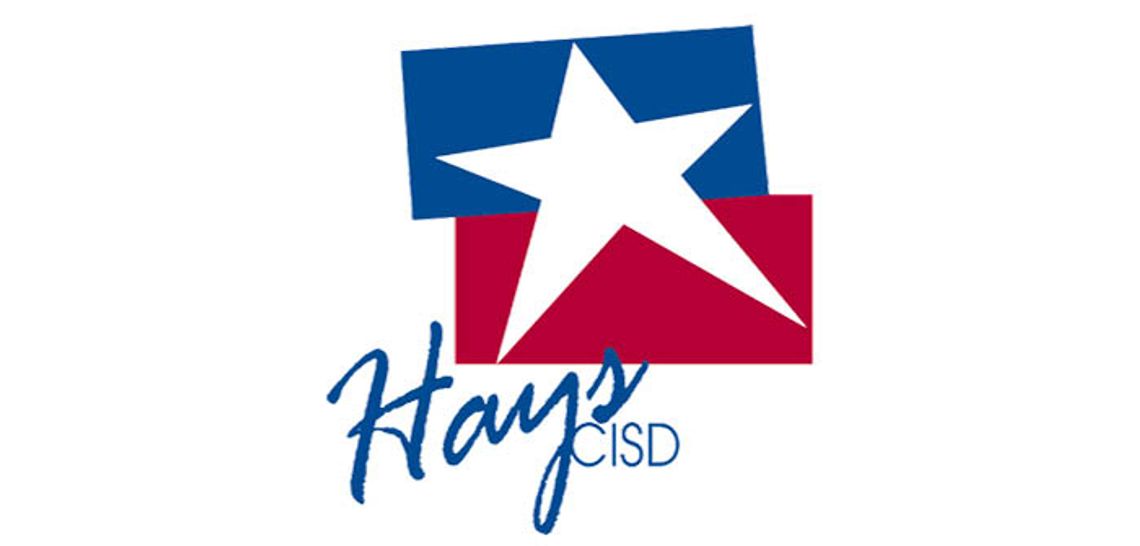The Hays Rebels didn’t exist until 1968 – the same year Martin Luther King Jr. and Bobby Kennedy were assassinated. However, the Civil Rights movement with all its marches and ideals were seemingly very far from Central Texas, where many communities were only just emerging from their rural cultures.
Schools in Kyle, Buda and Wimberley were brought together as the nascent Hays Consolidated School District (Wimberley would form its own in 1986) and, according to “A Tribute to Vision, Courage, and Trust: The story of the Hays Consolidated Independent School District” by Gene Johnson, the colors and mascot and school song of the new high school were left to be made by the student councils of the three student bodies.
Johnson was vague about what happened next. “According to the memories of some on the committee, one group made the suggestion for the mascot and another for the colors,” she wrote in the book published in 2007. “After these suggestions were made – all by student committees – students in grades eight through eleven were given the opportunity to vote” on suggestions that included the Rebels and the Ranger. Red, white and blue were the chosen colors the Rebel football team wore on the field that September.
Johnson went on to relay stories from that season’s biggest game against the Randolph Rohawks from Randolph Air Force Base in San Antonio. “One avid Rohawk fan, sitting on the Hays side, so incensed the Rebel fans with his bugle that the home fans became more strongly united in intensity in support of the Rebels. Prior to this incident, Kyle, Buda and Wimberley fans tended to sit in their own groups and were not totally united. When that Randolph fan began to blow that bugle, the Rebel fans united as one and the great Rebel spirit was born.”
In the district’s early days, a regular feature at football games was “Johnny Reb” leading the team onto the field riding a white horse and carrying the “Stars and Bars.”
The district’s original fight song was one sung to the tune of the school song of Ohio State University. Of “Dixie,” Johnson wrote, “Fans were further roused by the band with a spirited rendition of ‘Dixie,’ which became the fight song … So far as we know there were no words, but fans happily joined in the tempo by standing and clapping hands in time with the music to spur on our ‘kids,’ a strong tradition still carried on today.”
That Rebel spirit persisted for decades virtually unchallenged. But by the end of the 1990s the wheels of distancing the school from associations with the Confederacy had begun to turn. In 2000, the district banned the Confederate flag emblem and it was removed from uniforms but students were still able to display it until 2012. Three years later, in 2015, the district removed “Dixie” as the fight song. Over the years the mascot itself has undergone changes, gradually looking less like a soldier of the south and more like a generic, Yosemite Sam kind of character.
Over that same period of time, diversity in the district has increased. Today, Hays is actually a minority-majority district, with an approximate 64 percent of the students Hispanic, 30 percent white and 3 percent black. Ethnicity for the student body of Hays High School was not available.












